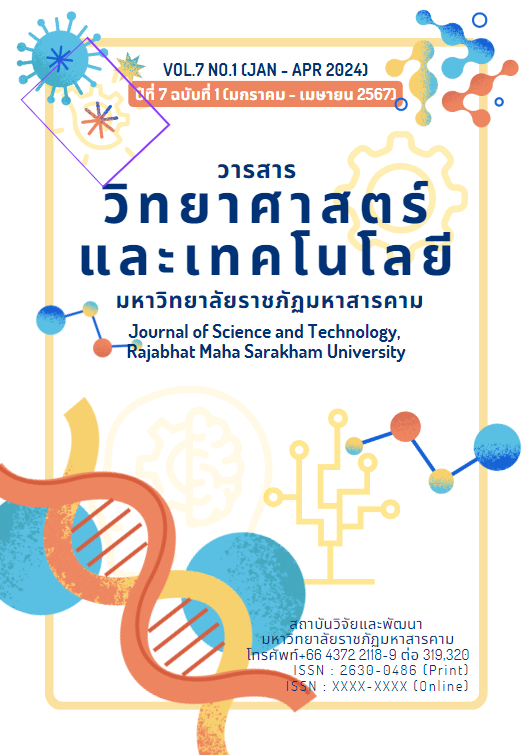Application of FMEA to reduce wastes in the plastic injection molding industry : case study of AB Company
Keywords:
Reduce waste, Plastic injection molding, Failure Mode and Effect AnalysisAbstract
This research aimed to 1) study problems occurring from the plastic injection molding process, 2) analyze and investigate the root causes of the problem and reduce waste from the plastic injection molding process, and 3) reduce production costs from the plastic injection molding process and increase productivity by reducing waste. The results showed that conducting root cause analysis using a Pareto diagram and a cause-and-effect diagram indicated that the defects were caused by black or colored spots on products in the production process. Moreover, conducting problem analysis by using the FMEA technique indicated that before the process improvement, the average RPN was 155.75 points and after the process improvement, the average RPN was 17.50 points, decreasing to 138.25 points. In addition, the main problem in the production process was insufficient cleaning of machinery and equipment. In addition, operators still did not understand the steps for cleaning and maintaining machinery and equipment which caused small powder, dust, and scraps. These could cause black or colored spots on the products in the production process. After the process improvement, the waste was reduced by 99.455 percent and the cost was reduced by 776,540 baht.
References
Butrkumchotiporn, S., Ngamsa-ard, W., Buranaprap, P., & Kaewsai, A. (2021). Process Improvement of Plastic Forming by Using Failure Mode and Effect Analysis Technique Case Study GP Company. Journal of Science and Technology, Southeast Bangkok College, 1(3), 30-44.
Choobthaisong, S., & Kanchana, R. (2020). Reducing Defectives in Plastic Injection Process of Telephone Part by Design of Experiment. SWU Engineering Journal, 15(3), 17-31.
Kaewchur, P., Klunngien, J., Ketsarapong, P., Keaitnukul, W., Sritong, C., & Rungsankasem, A. (2011). Effect Analysis in Attach Velvet Powder Process, Kasem Bundit Engineering Journal, 1(2), 43 -57.
Mikulak, R. J., McDermott, R., Beauregard, M. (2017). The Basics of FMEA. United States: Taylor & Francis.
Ratchadakorn, P., & Klomjit, P. (2022). Operational risk analysis: case study of plastic bag manufacturer. Journal of Engineering and Innovation, 15(4), 120-128.
Reda, H., & Dvivedi, A. (2022). Decision-making on the selection of lean tools using fuzzy QFD and FMEA approach in the manufacturing industry. Expert Systems with Applications, 192, 116416.
Stamatis, D. H. (2003). Failure Mode and Effect Analysis: FMEA from Theory to Execution. Germany: ASQ Quality Press.
Woawichai, C., Jaichomphu, P., Chailungkarn, T., & Kanchanaruangrong, N. (2020). Work Method Improvement in Plastic Part Packaging: A Case Study of Motorcycle Part Production Company. Kasem Bundit Engineering Journal, 10(2), 148-163.



